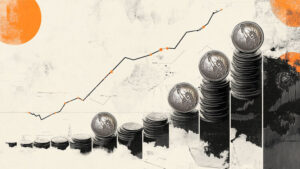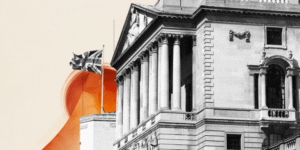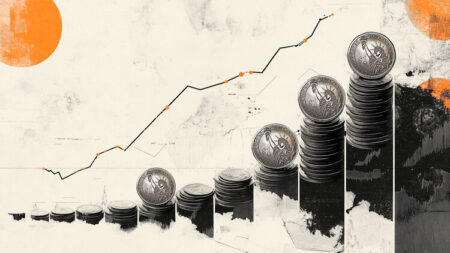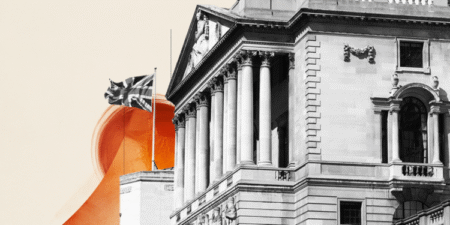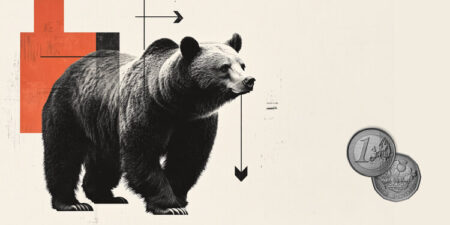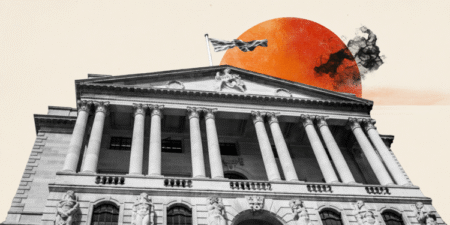The Euro (EUR) moves higher against the US Dollar (USD) on Monday, with the EUR/USD pair trading around 1.1740, up 0.3% on the session, as investors await the release of the preliminary German inflation figures for September, due Tuesday at 12:00 GMT.
Forex traders are cautious, aware that price dynamics in Germany could influence the European Central Bank’s (ECB) monetary policy expectations in the weeks ahead.
The consensus forecast is for an annual rise in the Consumer Price Index (CPI) of 2.3% in September, up from the 2.2% advance seen in August, while the Harmonized Consumer Price Index (HCPI) is expected to rise by 2.2% YoY, after 2.1% the previous month.
On a monthly basis, a moderate rise of 0.1% is expected on both indices, identical to August’s numbers.
These figures will serve to gauge the persistence of inflationary pressures in the Eurozone’s leading economy, and could set the tone for the Euro in the days ahead.
German inflation still driven by food prices and services
The German economy continues to show signs of stubborn inflation, particularly in the food and services components. In August, annual inflation rose to 2.2%, its highest level for five months, after 2% in July, according to data from the Federal Statistical Office (Destatis).
This increase was mainly driven by higher food prices (2.5%), with marked rises in fruit (7.1%), sugar and sweet products (6.9%) and dairy products (3.2%).
At the same time, the fall in energy prices slowed (-2.4% vs. -3.4% in July), thanks in particular to a smaller contraction in fuel and domestic energy prices.
Services maintained robust inflation at 3.1%, driven by combined passenger transport (11.1%) and social services (8.1%). Core inflation, which excludes energy and food, remained stable at 2.7% for the third consecutive month, a sign that disinflation remains incomplete.
On a monthly basis, consumer prices rose by 0.1% in August, confirming initial estimates and extending a slow but steady upward trend.
Historically, average monthly inflation in Germany has been around 0.21% since 1950, underlining the moderate but persistent nature of the current rise, notes Destatis.
Technical analysis of EUR/USD: Simple technical rebound before bearish resumption?
EUR/USD 4-hour chart. Source: FXStreet.
EUR/USD has made a solid start to the week, rising after bottoming out at 1.1645 last week.
However, the rise could simply be a technical bounce after the bearish break of an uptrend line towards 1.1745, before the resumption of the downtrend.
The currency pair is currently testing the 100-period Simple Moving Average (SMA) on the 4-hour chart at 1.1751, the break of which could allow the testing of two intersecting trend lines towards 1.1777.
A bullish breakthrough of these trend lines could signal a resumption of the short-term uptrend, and a possible retest of the peaks at 1.1820 and 1.1878, before the recent high at 1.1918.
Conversely, a failure below the SMA and the trend lines, which would be confirmed as resistance, could relaunch bearish pressure, with last week’s low at 1.1645 in the firing line.
Euro Price Today
The table below shows the percentage change of Euro (EUR) against listed major currencies today. Euro was the strongest against the New Zealand Dollar.
| USD | EUR | GBP | JPY | CAD | AUD | NZD | CHF | |
|---|---|---|---|---|---|---|---|---|
| USD | -0.31% | -0.34% | -0.51% | -0.02% | -0.23% | 0.12% | -0.10% | |
| EUR | 0.31% | -0.04% | -0.35% | 0.28% | 0.08% | 0.42% | 0.19% | |
| GBP | 0.34% | 0.04% | -0.22% | 0.32% | 0.06% | 0.46% | 0.23% | |
| JPY | 0.51% | 0.35% | 0.22% | 0.52% | 0.31% | 0.50% | 0.45% | |
| CAD | 0.02% | -0.28% | -0.32% | -0.52% | -0.17% | 0.14% | -0.09% | |
| AUD | 0.23% | -0.08% | -0.06% | -0.31% | 0.17% | 0.34% | 0.12% | |
| NZD | -0.12% | -0.42% | -0.46% | -0.50% | -0.14% | -0.34% | -0.08% | |
| CHF | 0.10% | -0.19% | -0.23% | -0.45% | 0.09% | -0.12% | 0.08% |
The heat map shows percentage changes of major currencies against each other. The base currency is picked from the left column, while the quote currency is picked from the top row. For example, if you pick the Euro from the left column and move along the horizontal line to the US Dollar, the percentage change displayed in the box will represent EUR (base)/USD (quote).
Read the full article here


